An Interview with Bent Sørensen and Leif Ove Andsnes
Bent Sørensen has gained international recognition for his distinctive compositions. His latest release on Dacapo Records draws inspiration from everything around him, allowing the music to thrive on the mystical atmospheres in memories, and dreams. Among many other awards, Bent’s compositions have won him the prestigious Nordic Council Music Prize in 1996 for his violin concerto ‘Sterbende Gärten’ and the prestigious Grawemeyer Award in 2018. Throughout his career, Bent Sørensen has written pieces for a variety of mediums, ranging from opera and orchestral pieces, to smaller ensemble works like chamber and choir. Now, Bent can be found working as a visiting professor at the Royal Academy of Music in London, England.
Joining as a soloist on this album is pianist Leif Ove Andsnes, who The New York Times has praised as a “pianist of magisterial elegance, power, and insight.”
Leif Ove Andsnes has earned acclaim worldwide, receiving the Commander of the Royal Norwegian Order of St. Olav in 2007 and being inducted to the Gramophone Hall of Fame in 2013. He is the founding director of the Rosendal Chamber Music Festival, and served as creative director of California’s Ojai Festival in 2012.
Recently, we (virtually) sat down with Bent Sørensen and Leif Ove Andsnes to discuss their latest recording, as well as their influences, musical beginnings, and more!
In this project, each of the concertos are written for the performing soloists, who include Martin Fröst, Leif Ove Andsnes, and Tine Thing Helseth. How did these soloists influence the composition of each work?
Bent Sørensen: “The three soloists have given a huge influence to all three concertos. It is actually very difficult for me to write a concerto for a musician who I don’t know, and in these cases it was fantastic to be able to work with three of the finest musicians in the world.”
“Leif Ove Andsnes spent in former years a lot of time in Copenhagen, and we became very good friends. He asked me to write a solo piece, which became ‘The Shadows of Silence’ and shortly after that, we discussed the possibilities of a new concerto. At that time he was playing a lot of the Mozart Concertos with the Norwegian Chamber Orchestra, and together, we decided to use the same instrumentation as in Mozart no. 17, which is my favorite Mozart Concerto. Twice I was in Vienna with Leif Ove, once with ‘The Shadows of Silence’ and one time the Mozart no 17. After one of the concerts we visited together the now sadly closed ‘Broadway Bar’, and in the late night, Leif Ove played at the piano in the bar one of Busoni’s Bach arrangements.”
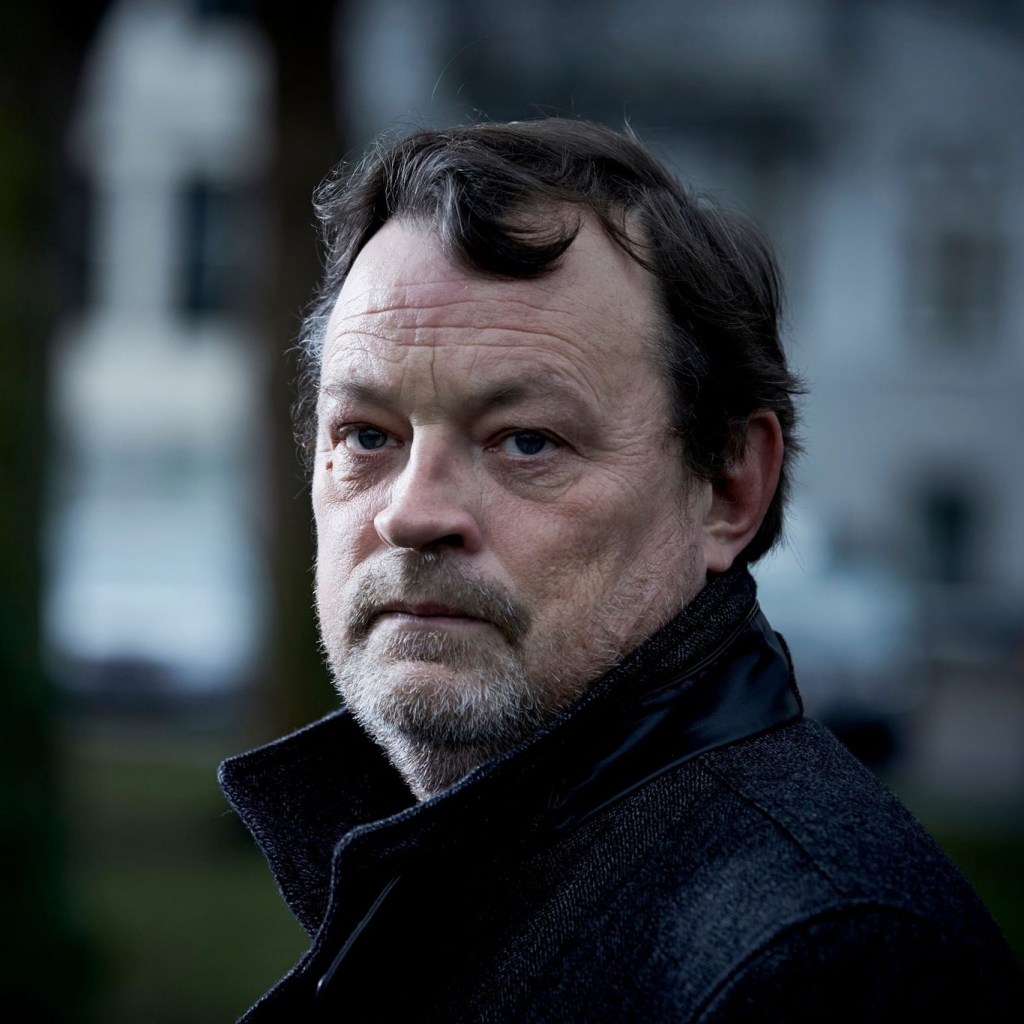
Composer Bent Sørensen.
“Then, when we left the bar, I felt that his performance of that piece had given me inspiration for the new concerto, which in many ways begins with Bach-choral-like music. Of course the main inspiration was his wonderful playing. Then, suddenly, in the last movement I brought in the famous chords from the beginning of the piano concerto by Grieg – a salute in Norwegian.”
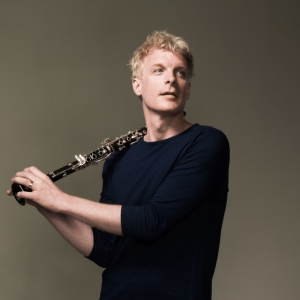
Clarinetist Martin Fröst.
“In the last ten years before I wrote my clarinet concerto for Martin Fröst, I met him several times, and every time we discussed the possibilities of writing a concerto. I remember when I was in Copenhagen hearing him play the clarinet concerto of Carl Nielsen, and even that is such a hard concerto, he played it with a certain softness, which made it so beautiful. Since my music is often very soft, it inspired me a lot, that Martin could play the soft tones both soft and clear, as was he sitting next to me in the concert hall. Maybe that is why the beginning of ‘Serenidad’ is so soft in an incredible high register, and when he later showed me his technique of singing and playing at the same time, I used that, and made it even more difficult. He plays and sings with a singing orchestra.”
“Regarding Tine Thing Helseth and the Trumpet Concerto the situation was quite different. I didn’t know her personally when we decided to make the piece; but others told me: ‘You should write a piece for Tine – she can play your music.’ I was listening to her recordings and was very inspired by her playing – the way she could play the trumpet as if it was a flute – so light, so soft. That became the initial inspiration.”
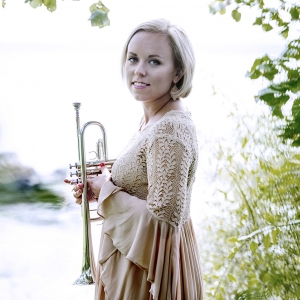
Trumpeter Tine Thing Helseth.
Leif Ove Andsnes – Bent Sørensen dedicated the concerto ‘La Mattina’ to you – what was it like to receive this sort of honor?
Leif Ove Andsnes: “It was, of course, very exciting. I had known Bent for a few years by then, and he had already written two pieces for me, the solo piece Shadows of Silence (2004, commissioned by Carnegie hall), and Schattenlinie, for clarinet, viola, and piano. The latter is a suite which he wrote over a few years, he wrote one movement each year, for performances at the Risør chamber music festival, where I was artistic director until 2010.”
Bent Sørensen – your music does an incredible job of capturing a sense of space, as well as a spirit of beautiful desolation, much like one could describe Nordic landscapes. How are you inspired by the natural aspects of Denmark and the Nordic territories?
Bent Sørensen: “I don’t really know, and I am happy that I don’t really know. In some pieces I feel I am more ‘Nordic’ than in others – for example in my two symphonies, but it the three concertos on this CD, I feel it is much more European – a Scandinavian composer meeting Vienna, Barcelona and Venice. I think all inspiration is inside me – is inside the artist, and the landscapes, books, pictures and musicians – together, it can touch something deeply, which brings the inspiration alive.”
Leif Ove Andsnes – were you involved at all in the creative process of this work? In any case, what was it like to see this concerto come to life?
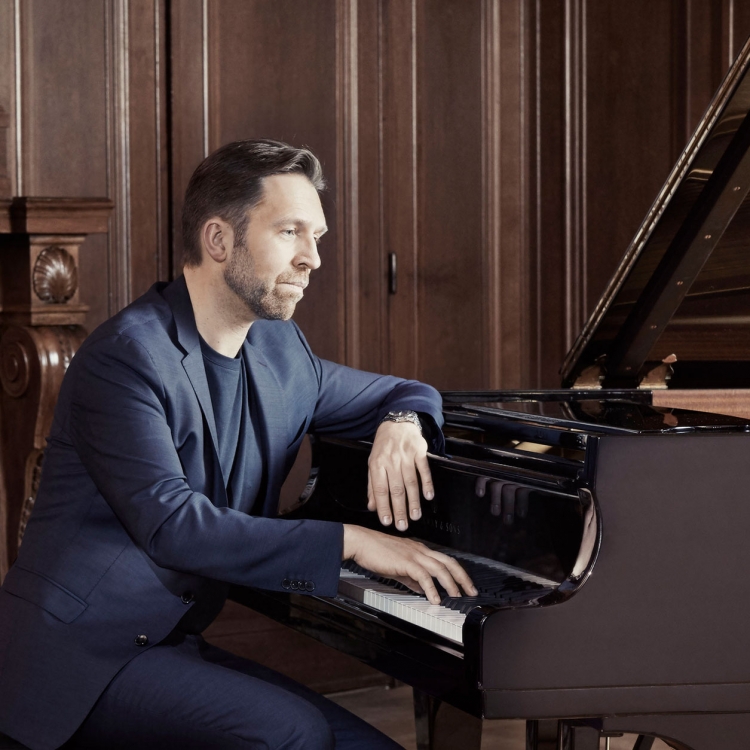
Pianist Leif Ove Andsnes.
Leif Ove Andsnes: “I was involved in the creative process without knowing it, ha ha… The beginning of the Concerto is based on a Bach Chorale, and was inspired by Bent hearing me play the Busoni arrangement of Bach’s “Ich ruf zu dir”, when playing it spontaneously at the Broadway Piano Bar in Vienna, late at night, after a recital.”
“After I received the concerto I was part of the creative process, as the performer is the one who can bring the music alive. I am in awe of Bent’s ability to imagine sounds and characters which are new, and which are not clear to me when I am looking at his score for the first time. Only by working on the music, I can start to imagine what ideas he has been looking for. And then I make those ideas ‘mine’, meaning that I fill them with what I have to offer, my emotions and colors, sense of timing, and sense of listening.”
What inspired you to pursue your career paths in music, and who are musical influences that have inspired your musical journey along the way?
Bent Sørensen: “I think I always wanted to be a composer. I always wanted to create art as far back as I remember, back to my earliest childhood. My father played the violin, and he suggested me to do the same, but I didn’t have the patience, and I was much more interested in his sheet music. I have a picture of myself as a child where I am lying on the floor looking at music, and also – from that time – there are sketches of violin concertos in Vivaldi –style, piano pieces etc. of me.”
“My parents were always very supportive, and later a lot of other people supported me and helped me on my way to become a composer. When I was around twenty, I played the clarinet, and then I was a musician taking part in a cabaret-performance at an amateur theatre close to my hometown. One of the leaders of the theatre came to me and said: ‘Could you write the music for a Frederic Dürrenmatt play?’. I have no idea why he believed I could do it, but I did, and that was probably one of the most important decisions in my life – and he is, now when I look back on it, one the most important persons supporting me. Actually – when I wrote ‘La Mattina’, I suddenly remembered him, and in the end of the fourth movement, I quote a little fragment from the theatre music from that time.”
“I see myself very much as an autobiographical composer – my life and my music goes in and out of each other, and I bring in my both personal and private life into my music. That means that inspiration is around me all the time, and I just pick it up. That also means that I am inspired by all the music around me, but of course there are composers who have been more important to me than others – for instance, my teachers Ib Nørholm and Per Nørgård, and then everything from early to new music. I shift a lot, but I can see and feel, that I more and more dare to be influenced by the big masters from Bach to Ligeti.”
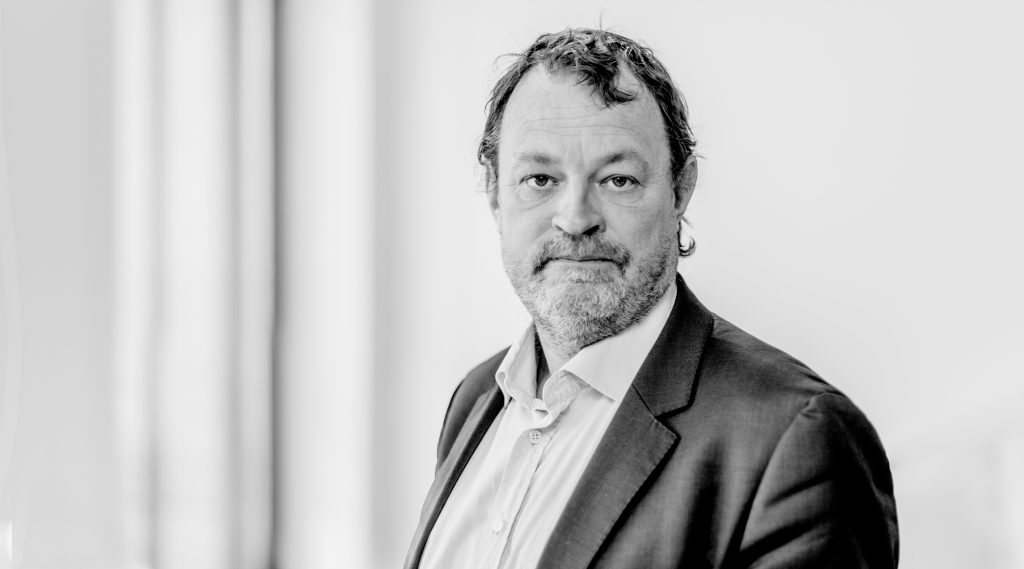
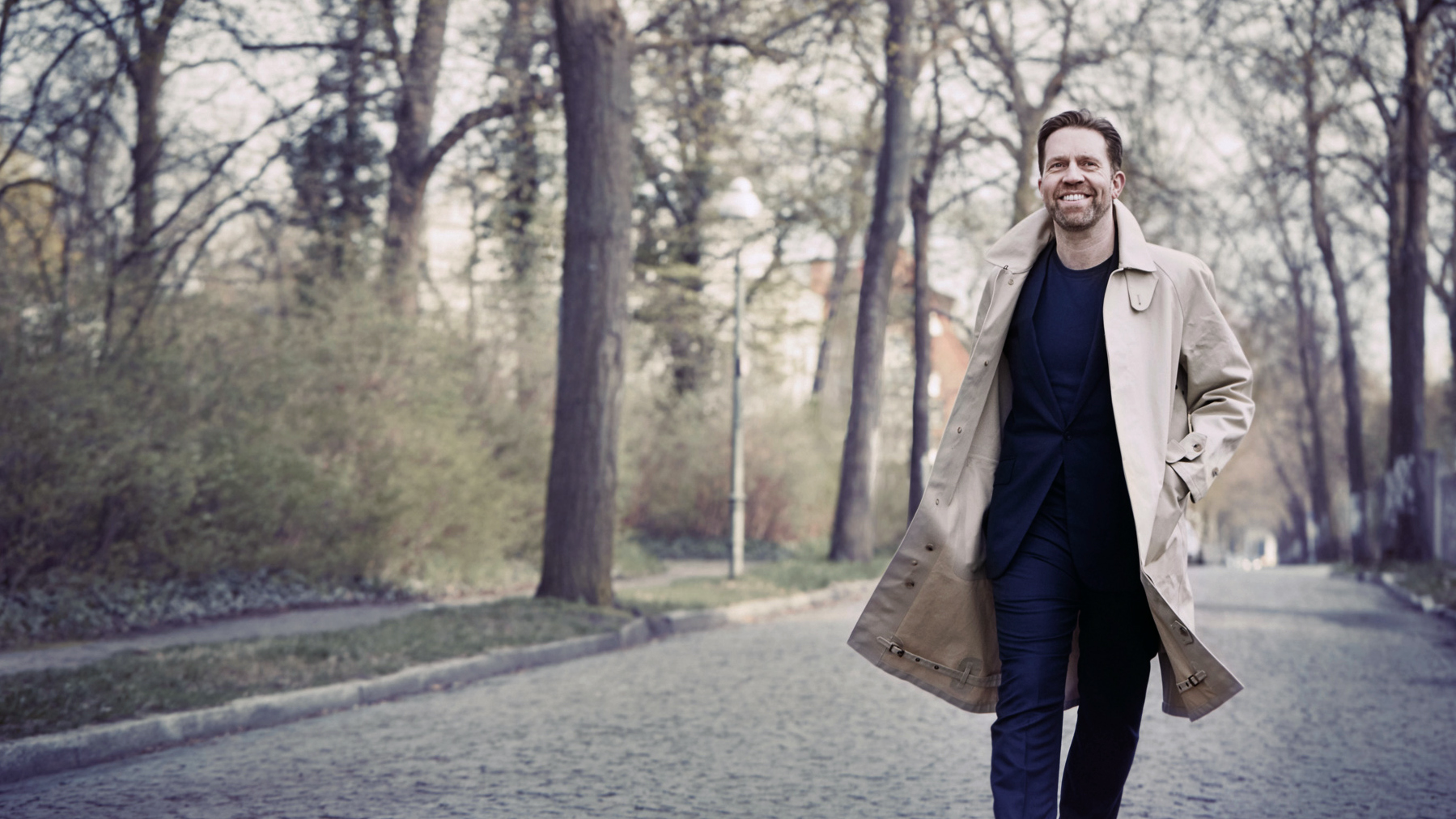
Leif Ove Andsnes: “That is a big question, but to answer, my parents played the piano, and made me want to play from the age of 4 years old. I was lucky with teachers and mentors – the ones being of most importance have been Jiri Hlinka, who I studied with at the Bergen Music Conservatory, and Jacques de Tiége, a unique Belgian piano teacher that I studied with later. Many musicians and others have inspired and guided me though, and I have always been inspired by the old pianists, listening to everyone from Rachmaninoff to Richter. I think young pianists (or anybody) needs role models and heroes. The composers are first and foremost our heroes, to a certain degree our gods. Life without Bach, Mozart, Beethoven and others are unthinkable. Then there are performers who inspire so much that they sometimes become part of your musical thinking. For me these have been musicians like pianists Dinu Lipatti and Arturo Benedetti Michelangeli, conductors Sergiu Celibidache or Carlos Kleiber. I have been lucky to work extensively with great artists such as singer Matthias Goerne and violinist Christian Tetzlaff, who have also meant a lot for my musicianship.”
Aside from this project, what are some things coming up that you’re excited about?
Leif Ove Andsnes: “As I am writing this, we are in the middle of a global crisis due to the Covid-19 pandemic. I am not excited to learn new repertoire, but when the world is more ‘normal’ again, I am looking a lot forward to continue the Mozart Momentum 1785/1786 project with the Mahler Chamber Orchestra, which we have just begun.”
Bent Sørensen: “In this moment I just finished my new string quartet, ‘Doppelgänger’ and in front of there is – among other things – two new concertos – for Harpsichord and Piano. Because of the Coronavirus pandemic, one of my biggest pieces written in the last years, ‘St. Matthew Passion’ has been postponed from this spring until next spring in Oslo. That is probably a statement of all my music up to now!”
Thank you, Bent Sørensen and Leif Ove Andsnes! It was an honor to learn more about you as well as this fascinating project.
Click to the left to preview the album, and click here to buy, stream, or download!


